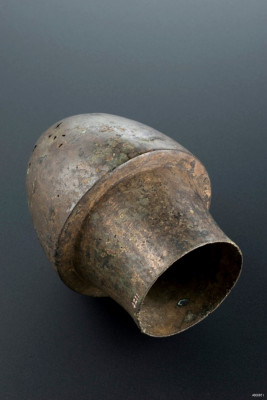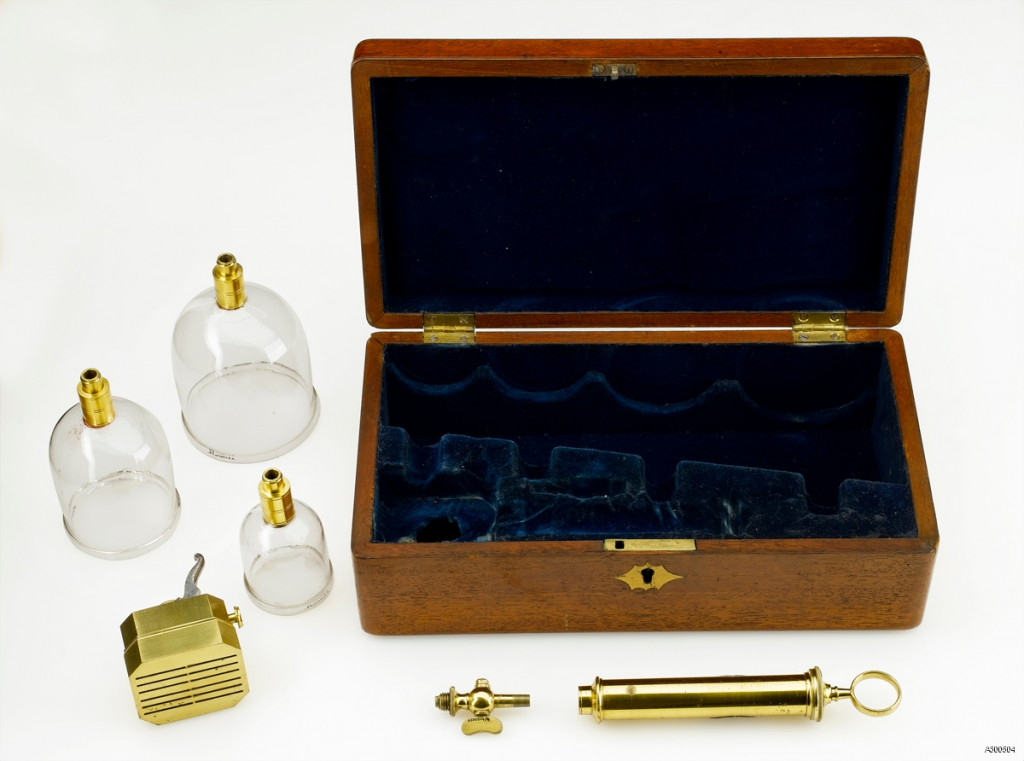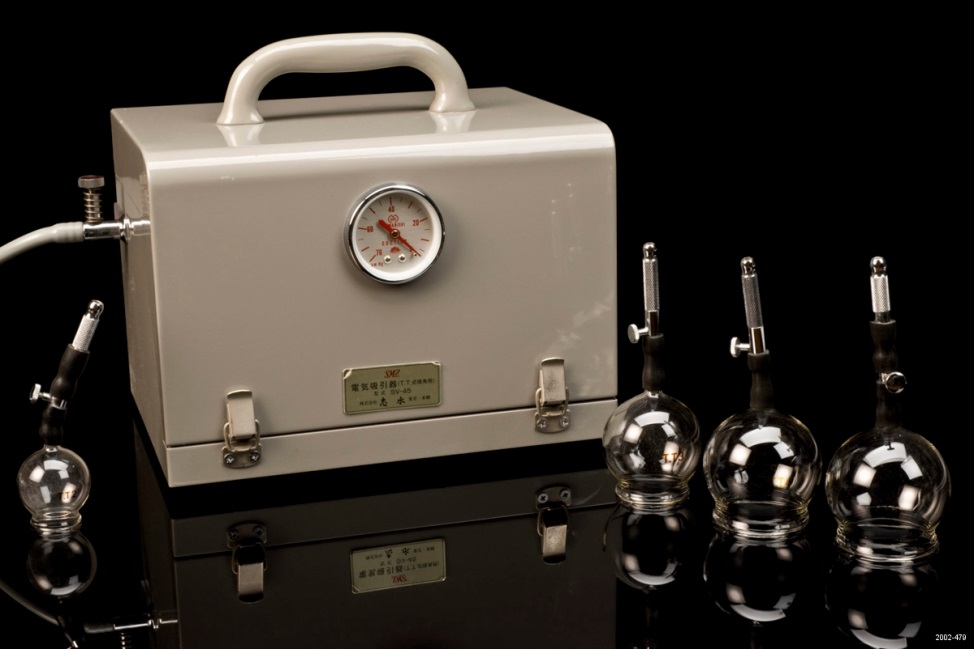During this first week of the Rio 2016 Olympics, there has been a lot of talk about the mysterious red circles that have appeared on the skin of a couple of prominent athletes. The most notable of these individuals is the most successful Olympian of all time, the American swimming sensation Michael Phelps.
Despite some initial confusion amongst armchair Olympic fans, the source of these marks was ultimately identified-not as love bites but as stemming from the ancient therapeutic practice of cupping.
Cupping involves placing bowl like vessels onto the body, which, through the creation of a vacuum, suck and pull the skin. The vacuum within the vessel is traditionally created by heating the cup with a flame; however other methods can extract the air with a pump.

“Dry” cupping relies only on the heating of the cup, whereas “wet” cupping scarifies the skin prior to treatment and draws blood out of the body.
A side effect of the treatment is the red circular discs that can clearly be seen on Phelps’ body.
The fact that most people were baffled by these circular marks indicates that cupping is situated at the very fringes of modern, western, medical therapeutics.
However, it wasn’t always this way.
A brief look through the collection of the Science Museum reveals a vast array of cupping equipment, which demonstrates very strongly that cupping once occupied a much more central role in both treating and understanding the human body.
This 2,000 years old bronze cupping vessel was excavated from Pompeii, Italy. During this period cupping would have been used as a treatment method for a variety of different ailments, including coughs and colds.
The humour theory dominated contemporary understandings of the body and health, and as such cupping was used as a way of drawing excess or imbalanced humours to the surface of the skin and away from the body.

Cupping sets, such as the above example from nineteenth century England, are common within the museum’s collection. Cupping formed a central part of the early nineteenth century therapeutic landscape and its use would’ve been very familiar to people of the time. It was used as a form of bloodletting to combat a wide range of diseases and illnesses, and as a procedure it would have changed very little from ancient times. As the century progressed, cupping’s prominent role within western medicine did begin to wane; as such it was increasingly pushed towards the fringes of popular and acceptable practice.
Nowadays, the most common and consistent exposure to cupping treatment comes at the hands of a Complimentary and Alternative Medicine (CAM) practitioner. Working outside of mainstream healthcare, these practitioners offer a more holistic approach to understandings of health and the body. Within the UK the most common form of CAM practice is Traditional Chinese Medicine (TCM), of which cupping forms an integral part.
This dry cupping machine was used by a UK based TCM practitioner. Its use of an electrical motor demonstrates how an ancient practice has been continued and adapted for the modern world.

Unlike his nineteenth century predecessors, Michael Phelps does not use cupping as a method for combatting illness and disease. Rather, the location of the circles on his shoulders illustrates how he uses cupping to relive pain and repair the muscles in the most over worked part of his body.
Despite having a high profile advocate in Phelps the practice is not without its critics.
Many criticise cupping for having no measurable, evidence based benefit to the human body- rendering it little better than a placebo. Subsequently, the practice has not been commonplace in Western biomedicine since the start of the 1900’s. Those who do support cupping point to its 3,000 year heritage and its continued positive impact upon muscle pain and general well-being. Happily for them they can now also point to 21 (and counting) Olympic gold medals, and the greatest sportsman of all time.
Jack Mitchell is Assistant Curator of Medicine at the Science Museum.
One comment on “Olympic rings”
Comments are closed.
A small nit pick with your article–the placebo effect is not well studied. The brain can effectively help heal that which it influences, i.e., nerves and neurotransmitter mediated functions. Furthermore, placebo effects have no toxic side effects. What I am saying is that if there is a successful induction of a placebo effect, then there is value in the technique.
Placebo, like so many other poorly understood phenomenon, gets a bad wrap.